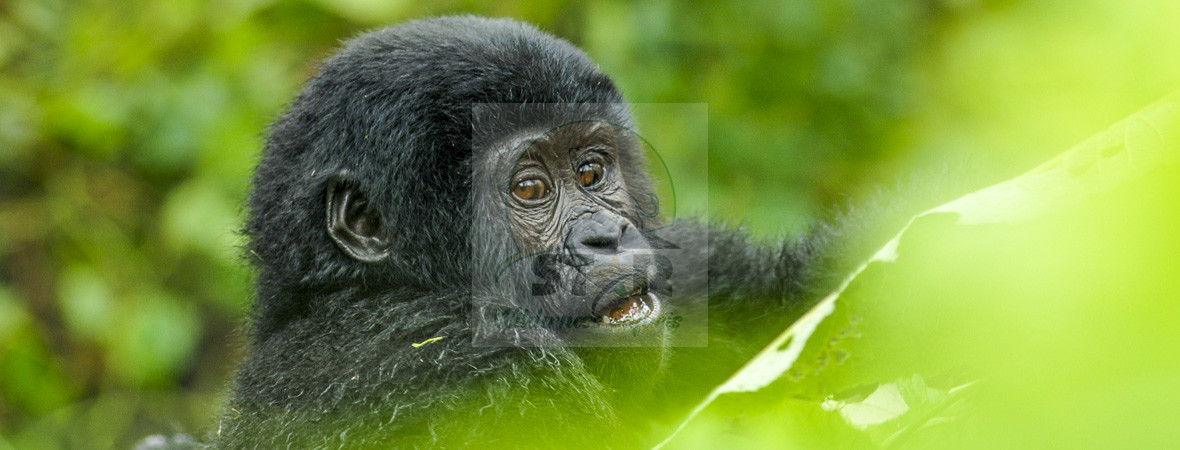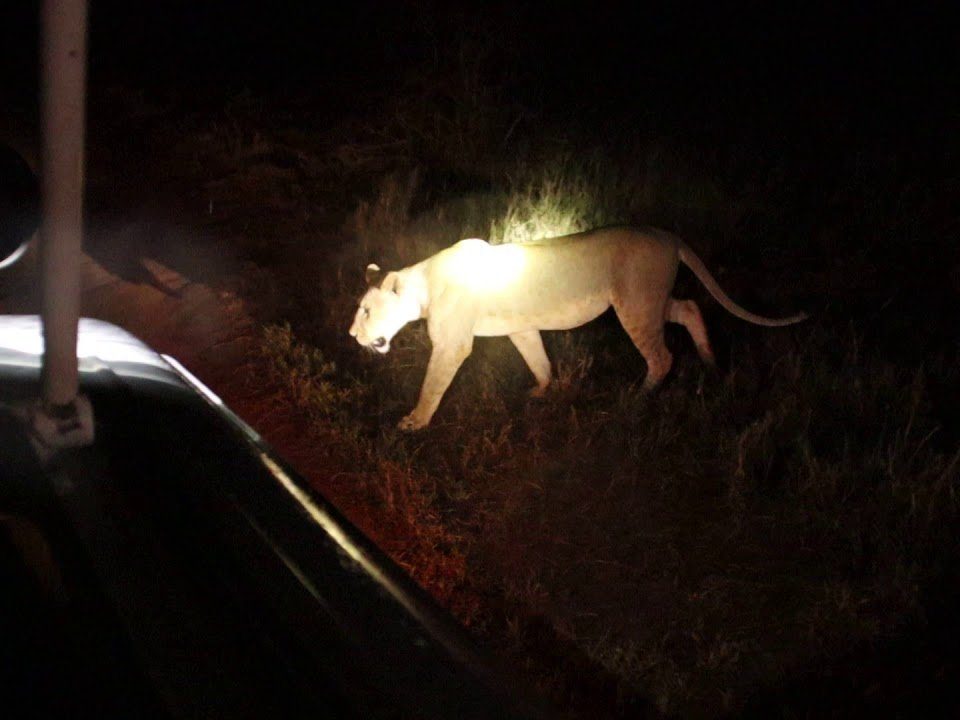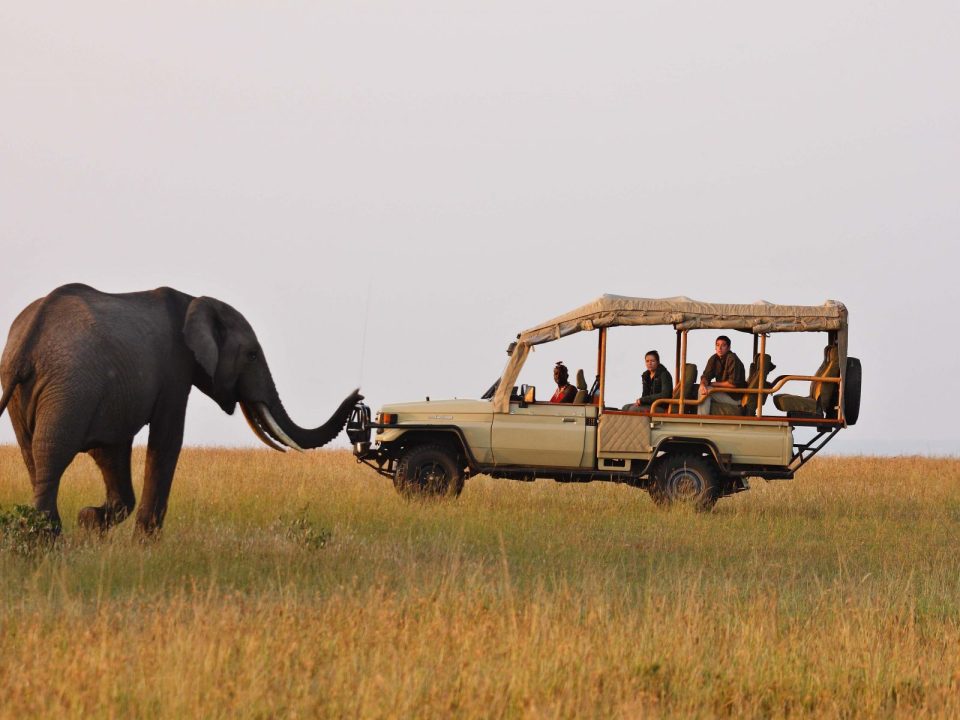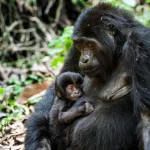
Frequently Asked Questions About Mgahinga National Park in Uganda
June 4, 2025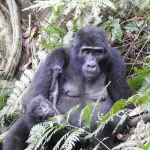
Flying Gorilla Safari to Bwindi Impenetrable National Park, Buhoma Sector During Holiday Season
June 5, 2025Frequently Asked Questions about Gorilla Trekking in Uganda and Rwanda
Gorilla trekking is one of the most exhilarating wildlife safari experiences you can embark on, and it is exclusively available in the lush forests of Uganda, Rwanda, and the Democratic Republic of Congo (DRC). For travelers seeking an unforgettable Uganda safari or Rwanda safari, this unique opportunity to witness mountain gorillas in their natural habitat is often the centerpiece of any East African wildlife adventure. Star Wilderness Safaris invites you to explore the magic of gorilla trekking safaris, chimpanzee tracking, and diverse cultural experiences, all of which combine to create a deeply enriching and memorable journey.
The exclusive nature of gorilla trekking is underscored by the limited number of permits issued daily — only eight permits per gorilla family are available, making this experience both precious and carefully managed. This exclusivity helps protect the endangered mountain gorillas, who number just over 1,000 individuals worldwide. A gorilla trekking safari in Uganda or Rwanda is not only about observing these majestic primates but also about supporting vital conservation efforts that ensure their survival for future generations. With Star Wilderness Safaris, you can also combine Uganda Gorilla Trekking with chimpanzee tracking and thrilling wildlife safaris, creating a diverse itinerary that showcases the best of East Africa’s natural wonders.
Where Can You Go Gorilla Trekking? The Prime Destinations in Uganda and Rwanda
Mountain gorilla trekking is a bucket-list adventure limited to three African countries: Uganda, Rwanda, and the Democratic Republic of Congo. Among these, Uganda and Rwanda have developed well-organized and eco-friendly gorilla trekking safaris that offer tourists a responsible and unforgettable wildlife experience. Uganda boasts the famous Bwindi Impenetrable National Park and Mgahinga Gorilla National Park, while Rwanda is renowned for Volcanoes National Park.
Bwindi Impenetrable Forest in Uganda is one of the richest biodiversity hotspots and a prime destination for Uganda Gorilla Trekking. This UNESCO World Heritage Site shelters over half of the world’s mountain gorilla population and is famous for its dense, misty forest terrain. In Rwanda, Volcanoes National Park holds a similar status, offering visitors the chance to trek through bamboo forests and volcanic landscapes to encounter habituated gorilla families. These parks are not only home to gorillas but also host vibrant wildlife communities, making them ideal for combining gorilla tours with other Uganda safari or Rwanda safari activities.
The Democratic Republic of Congo also offers gorilla trekking in Virunga National Park, though it is less frequented due to ongoing regional instability. For travelers seeking a safe and well-supported adventure, Uganda and Rwanda remain the preferred gorilla trekking safari destinations, with excellent infrastructure and experienced guides provided by trusted operators like Star Wilderness Safaris.
Understanding Gorilla Trekking Permits: Availability and Guidelines
One of the most common questions about gorilla trekking in Uganda and Rwanda revolves around the availability and cost of permits, as well as the trekking regulations designed to protect the gorillas. Due to the fragile status of mountain gorillas, only eight permits per gorilla family are allocated each day to minimize human impact and maintain a sustainable balance between tourism and conservation.
The permit prices vary by country: Uganda Gorilla Trekking permits are typically priced around USD 800 per person, whereas Gorilla Trekking Rwanda permits are more expensive, often costing around USD 1,500 per person. These fees are essential as they fund ongoing conservation efforts, park management, and local community projects, ensuring that tourism directly benefits both gorillas and people living near the parks.
Before embarking on a gorilla trekking safari, participants attend a mandatory briefing at the park headquarters, whether in Buhoma or Nkuringo in Uganda, or Kinigi in Rwanda. These briefings cover important dos and don’ts, such as maintaining an eight-meter distance from the gorillas, avoiding direct eye contact, not eating or smoking during the trek, and ensuring that visitors who feel unwell do not participate to prevent disease transmission. The one-hour encounter with the gorillas is an awe-inspiring moment, but strict adherence to guidelines is essential to preserve their health and natural behavior.
The Gorilla Habituation Experience: A Deeper Connection
For travelers seeking an even more intimate experience beyond the standard gorilla trekking safari, gorilla habituation offers a rare chance to spend several hours with gorilla families as they adjust to human presence. This gorilla habituation experience is available in select areas of Bwindi Impenetrable National Park and Volcanoes National Park and provides a unique insight into gorilla social behavior, family dynamics, and their day-to-day activities.
Unlike regular gorilla trekking, which allows for just one hour of observation, habituation visits can last up to four hours, allowing visitors to observe feeding, grooming, playing, and resting behaviors more comprehensively. The process of habituating gorillas to human presence is a delicate and lengthy conservation effort, and participating in a gorilla habituation experience is not only a privilege but also an invaluable contribution to ongoing research and protection.
Star Wilderness Safaris can help arrange gorilla habituation experiences alongside traditional gorilla trekking safaris, offering a tailored Uganda safari or Rwanda tour that deepens your connection with these incredible primates and enhances your overall wildlife adventure.
Chimpanzee Tracking: Complementing Your Gorilla Trekking Safari
While mountain gorillas steal the spotlight, chimpanzee tracking is another captivating activity that enriches any Uganda safari or Rwanda safari itinerary. Chimpanzees, our closest living relatives, inhabit several national parks, including Kibale Forest National Park in Uganda and Nyungwe Forest National Park in Rwanda.
Chimpanzee tracking involves guided walks through dense forests, where experienced trackers lead visitors to observe wild chimpanzees in their natural environment. The experience includes watching chimps feed, play, and interact within their troops, providing remarkable opportunities for photography and wildlife observation. Combining chimpanzee tracking with a gorilla trekking safari creates a comprehensive primate wildlife experience, broadening your appreciation for East Africa’s incredible biodiversity.
Both Uganda and Rwanda offer excellent chimpanzee tracking safaris, and many travelers combine these with their gorilla trekking safaris for a well-rounded wildlife tour. Star Wilderness Safaris specializes in designing itineraries that seamlessly blend gorilla trekking, chimpanzee tracking, and other wildlife safaris to give you a rich, immersive adventure.
Exploring Uganda and Rwanda’s Rich Cultural Experiences on Safari
A truly remarkable Uganda safari or Rwanda tour goes beyond wildlife viewing. It also offers an opportunity to immerse yourself in the vibrant cultures and traditions of local communities living near national parks. Many gorilla trekking safaris and wildlife safaris include visits to indigenous villages, where travelers can engage in cultural experiences such as traditional dance performances, craft making, and storytelling.
In Uganda, communities around Bwindi Impenetrable National Park welcome visitors to participate in village walks, meet local artisans, and learn about the Batwa Pygmies, who have a unique cultural heritage tied to the forest. Rwanda similarly offers cultural encounters near Volcanoes National Park, including visits to the Iby’Iwacu Cultural Village, where guests can experience traditional Rwandan music, dance, and customs.
These cultural experiences provide meaningful insights into the lifestyles of people who coexist with wildlife, fostering greater understanding and respect for conservation efforts. Combining Uganda Gorilla Trekking or Gorilla Trekking Rwanda with cultural tours enhances the overall safari experience, making it more holistic and memorable.
Combining Gorilla Trekking with Wildlife Safari Adventures
Gorilla trekking safaris in Uganda and Rwanda can be combined with traditional wildlife safaris to explore the broader ecological diversity of East Africa. Uganda, in particular, offers a wide array of national parks rich in wildlife, including Queen Elizabeth National Park, Murchison Falls National Park, and Lake Mburo National Park.
On a Uganda wildlife safari, visitors can enjoy classic game drives to spot elephants, lions, leopards, buffalos, and diverse birdlife. Combining these with gorilla trekking allows travelers to experience both the primate-centric forest habitats and the expansive savannah ecosystems. Similarly, Rwanda’s Akagera National Park offers excellent game viewing, including the Big Five, alongside Gorilla Trekking Rwanda adventures.
Star Wilderness Safaris specializes in creating customized itineraries that integrate gorilla trekking, chimpanzee tracking, wildlife safaris, and cultural visits into a seamless travel experience. Whether you want a focused gorilla trekking safari or a multi-faceted Uganda safari or Rwanda tour, combining these elements maximizes your safari’s value and unforgettable memories.
Conservation and Community Impact of Gorilla Trekking Safaris
Beyond the thrill of wildlife encounters, participating in gorilla trekking safaris in Uganda and Rwanda plays a crucial role in conservation and community development. The revenue generated from gorilla trekking permits is reinvested into national park management, anti-poaching efforts, habitat restoration, and community projects such as schools and healthcare.
Organizations such as the International Union for Conservation of Nature (IUCN) and the Gorilla Fund, together with the governments of Uganda and Rwanda, closely monitor gorilla populations and trekking operations to ensure sustainable tourism practices. Thanks to these concerted efforts, mountain gorilla numbers have steadily increased from near extinction to over 1,000 individuals worldwide.
When you choose a gorilla trekking safari with Star Wilderness Safaris, you contribute directly to these vital conservation programs and help support the livelihoods of local communities living alongside the gorillas. This eco-conscious approach ensures that your safari is not just an adventure but also a meaningful contribution to protecting one of Africa’s most treasured natural wonders.
Final Thoughts on Planning Your Gorilla Trekking Safari with Star Wilderness Safaris
In summary, Frequently Asked Questions about Gorilla Trekking in Uganda and Rwanda highlight the exclusivity, regulations, and incredible rewards of this once-in-a-lifetime wildlife safari. Whether you are embarking on a Uganda Gorilla Trekking adventure, a Gorilla Trekking Rwanda tour, or a combined primate safari that includes chimpanzee tracking and broader wildlife safaris, the experience promises awe, education, and a profound connection to nature.
Star Wilderness Safaris is committed to delivering personalized, expertly guided safari experiences that balance adventure, safety, conservation, and cultural immersion. From securing your gorilla trekking permits to planning complementary activities and cultural visits, our team is here to ensure your journey is seamless and unforgettable.
Start planning your next wildlife safari today, and discover why gorilla trekking safaris in Uganda and Rwanda continue to captivate travelers from around the world, turning dreams into lifelong memories.

